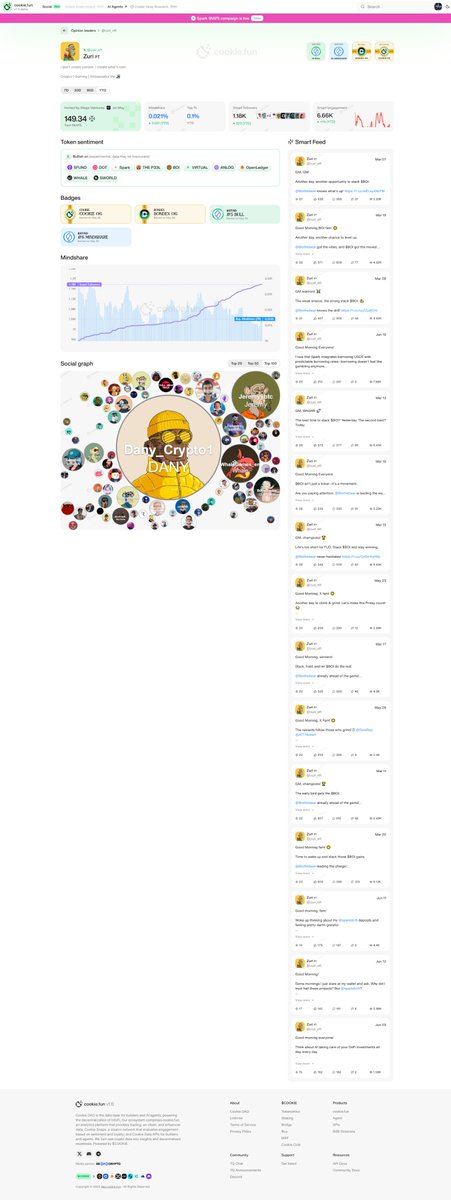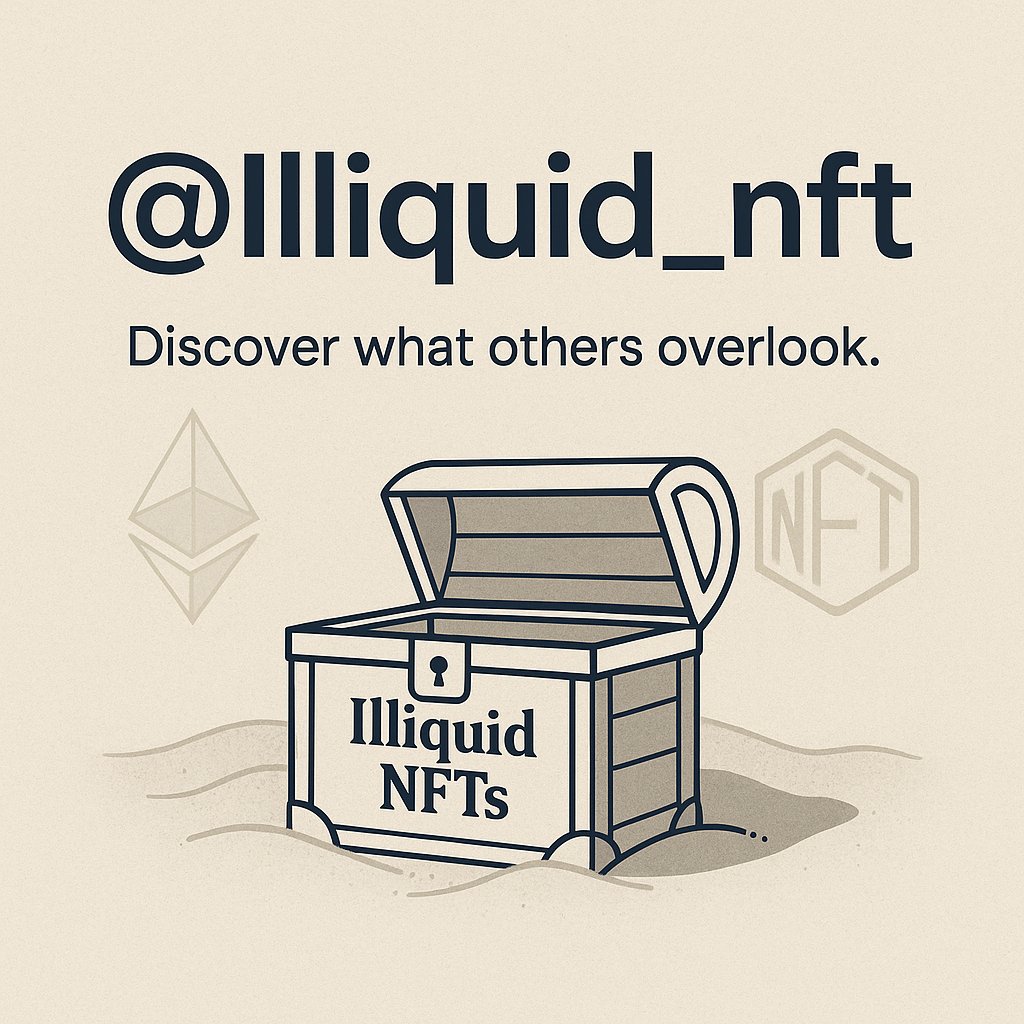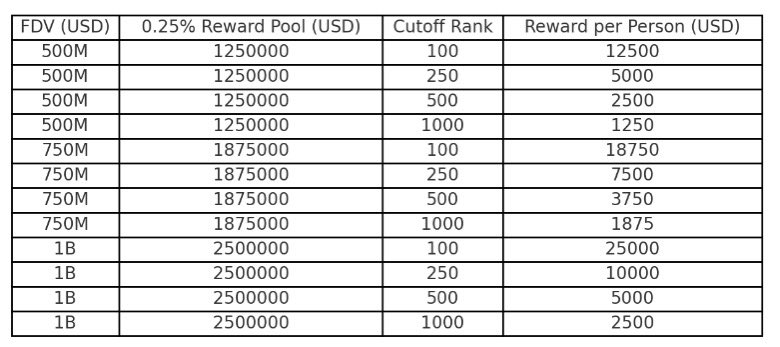—
Exploring the Influence and Integration of AI in Contemporary NFT Ecosystems
—
Introduction: AI Meets NFTs – A Transformational Convergence
Artificial Intelligence (AI) and Non-Fungible Tokens (NFTs) have both revolutionized their respective domains. But the real magic unfolds when these two technologies intersect, creating new paradigms in creation, ownership, interaction, and innovation. This fusion is no mere technological coincidence; it’s shaping the very fabric of digital ecosystems in profound ways.
In this report, we will delve into how AI is influencing NFT ecosystems today, the dynamics it introduces, and the challenges and opportunities on the horizon. From AI-generated art to automated community management and predictive analytics, AI’s imprint on NFTs is growing more intricate and indispensable.
—
AI-Powered Creative Generation: Redefining Digital Artistry
At the heart of NFT ecosystems is creativity, traditionally human-led. AI augments this creativity by generating novel digital art, music, and even narrative content that NFTs can encapsulate. Tools leveraging machine learning and generative adversarial networks (GANs) allow artists — or even non-artists — to produce complex digital pieces with relative ease.
This democratization means NFT collections can include entirely AI-derived art or collaborative works where humans direct AI output. For example, projects have emerged where AI models create unique digital avatars or abstract art, minted immediately as NFTs. The results often push aesthetic boundaries, resulting in fresh cultural artifacts that challenge conventional artistry.
Moreover, AI tools enable personalization by analyzing users’ preferences or blockchain history to generate custom NFT content, establishing new levels of user engagement embedded in individual identity.
—
Intelligent Marketplaces and Automated Interaction
Beyond creation, AI enhances NFT marketplaces through smarter recommendation engines and automated moderation. Marketplaces integrate AI algorithms that sift through vast pools of NFTs to suggest items tailored to users’ tastes and market trends, improving discoverability amidst overwhelming supply.
Moreover, AI-powered bots facilitate seamless trading experiences, executing transactions at optimal times or managing portfolios of NFTs based on real-time market data. Automated pricing models help reduce volatility and provide liquidity forecasts, potentially stabilizing environments traditionally swayed by speculation.
On the community management front, AI moderation filters harmful or spammy content in forums or social media channels revolving around NFTs, fostering healthier dialogue communities. AI-driven chatbots can also interact with users, answering queries and onboarding newcomers, bridging the knowledge gap.
—
Predictive Analytics: Navigating the Speculative Landscape
The NFT market is notoriously volatile, prone to hype cycles and sudden crashes. AI-infused predictive analytics aim to demystify this uncertainty. By analyzing blockchain transactions, social sentiment, influencer impact, and historical price movements, AI models forecast trends and identify emerging “whales” or influential collectors.
Such insights empower users to make informed decisions, potentially mitigating the outsized risks associated with NFT investments. Furthermore, predictive models assist creators in timing releases, setting prices, and choosing optimal marketplaces, streamlining business strategy within the ecosystem.
While AI doesn’t eliminate risk, it transitions NFT participation from pure speculation toward data-informed engagement, benefiting collectors and artists alike.
—
Enhancing Authenticity and Provenance Tracking
A core appeal of NFTs lies in their guarantee of uniqueness and authenticity. AI helps strengthen these assurances by improving provenance tracking and identifying counterfeit or plagiarized NFTs.
Machine learning models analyze asset metadata, historical ownership records, image hashes, and blockchain patterns to detect duplicity or fraud attempts. Early detection protects markets from dilution by fake NFTs and safeguards creator royalties, reinforcing trust.
Additionally, AI ensures richer metadata attachment by extracting detailed descriptors from digital assets automatically, facilitating better cataloging and searchability across platforms.
—
Challenges and Ethical Considerations
The integration of AI in NFT ecosystems introduces notable challenges. Algorithmic bias can skew creativity, market recommendations, or moderation unfairly. AI-generated art raises questions about originality, authorship, and intellectual property rights—issues yet to find clear legal frameworks in the NFT space.
Environmental concerns also amplify, as AI model training and blockchain operations both demand significant computational energy. Balancing technological benefits with ecological sustainability will be an evolving necessity.
Moreover, over-reliance on AI automation risks distancing human creators and communities, potentially dampening the social and cultural authenticity that animate NFT ecosystems.
—
Looking Ahead: The Future Symbiosis of AI and NFTs
AI and NFTs are not simply technologies interacting; they are co-creating new digital cultures and economies. Future advancements may bring hyper-personalized NFTs that evolve in response to owners’ behaviors or AI companions embedded in digital collectibles, blending interaction with ownership.
Integration with metaverse platforms will enrich AI-powered NFTs, enabling immersive experiences where AI animates virtual characters or environments tied to ownership rights.
For the ecosystem to thrive, ongoing dialogue among technologists, artists, legal experts, and communities will be crucial to steer AI-NFT progress in ways that honor creativity, fairness, and sustainability.
—
Conclusion: AI as Catalyst in the NFT Revolution
The fusion of Artificial Intelligence and NFT ecosystems marks a thrilling chapter in digital innovation. AI amplifies creative possibilities, market functionality, and user interaction, transforming static digital assets into dynamic, intelligent entities.
Despite challenges and unresolved ethical questions, AI’s role as a catalyst in evolving NFT ecosystems cannot be overstated. It is shaping a future where digital ownership is not only about possession but about intelligent participation — nurturing ecosystems vibrant with creativity, empowerment, and new cultural expressions.
—
For further in-depth reading, consider exploring the following resources:
– OpenAI on AI and Creativity
– Ethereum Foundation’s Guide on NFTs
– AI in Digital Art – MIT Technology Review
– NFT Marketplaces Featuring AI-Generated Art
– AI and Blockchain Sustainability Issues – Energy Web
These platforms provide real-time updates and comprehensive insights into AI and NFT co-evolution.





